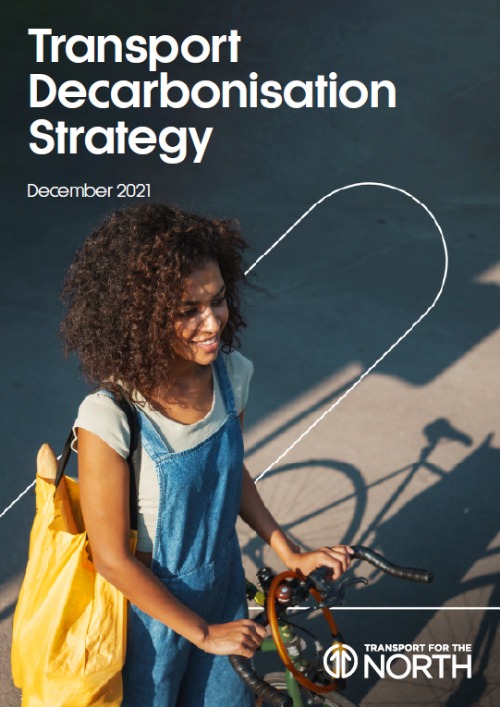Peter Cole, our Principal Environmental and Sustainability officer, outlines how Transport for the North is developing Clean Mobility Visions to support partners in achieving their transport decarbonisation goals.
At Transport for the North, we recognise the role Electric Vehicle adoption and alternative fuels will play in decarbonising our transport system. But our Decarbonisation Strategy is clear that a shift to zero-emission vehicles on its own will not be enough to reach our climate change goals.
In the short and medium term, certainly up to 2030, reducing the amount we travel in private cars, particularly as their sole occupants, is vital. Put simply, if zero emission vehicles are the icing on the cake, mode shift and reduced private vehicle mileage is the sponge.
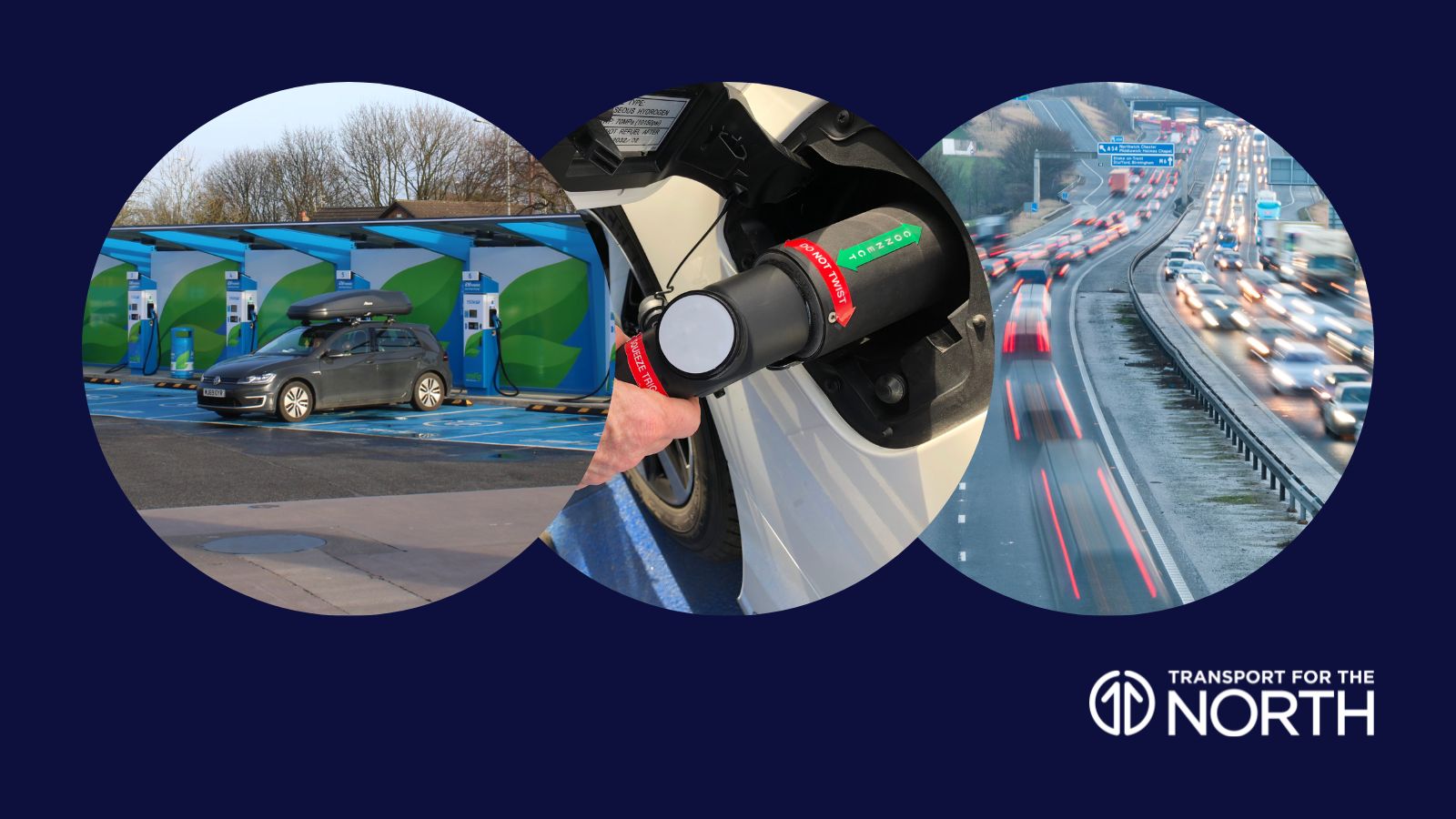
The Climate Change Committees 6th Carbon Budget, which was adopted by the Government, requires a 78% reduction in whole economy emissions (75% in surface transport) by 2035. This is arguably a more important target then our eventual net-zero target date, because if we can achieve it, it will mean we’ve restricted the cumulative emissions produced in the lead up to the net zero date. This is an important point, because it is in the emissions in the atmosphere, not target dates for net zero, that influence climatic change.
We won’t start seeing significant emission reduction benefits from zero-emission vehicles until we get into the 2030s when the zero-emission fleet is big enough to make a difference and our grid electricity is increasingly decarbonised.
So, in the short term, mode shift and demand reduction are our key levers to achieve our near-term targets and reduce those cumulative emissions in the lead up to 2035. This is recognised within our Decarbonisation Strategy which acknowledges a need for up to a 14% reduction in vehicle mileage (compared to business-as-usual) by the time we reach 2030.
The trouble is car use in the North has been rising:
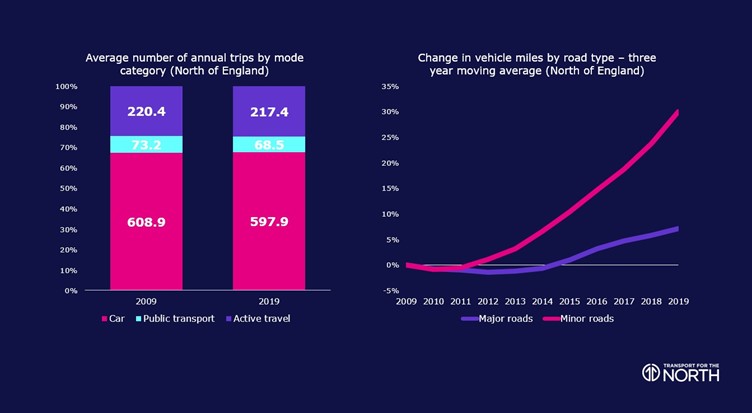
We also know that reducing car use and dependency is also likely to have beneficial effects far wider than just reducing carbon. Our Transport Related Social Exclusion (TRSE) work, due to be published soon, tells us that high levels of car dependency is the key driver of TRSE in the North. This has been exacerbated by declining bus service provision over the last decade – reducing the travel choices for the most vulnerable people in our communities.
Reducing the need for access to a private car – by providing higher quality and better value public and active travel choices, and reducing the need to travel by car to access services in the first place – is key to achieving the fair and inclusive transition we all talk about. Improved air quality, reduced noise, reduced severance, and beneficial local economic effects are things that we can all enjoy and should all be achievable.
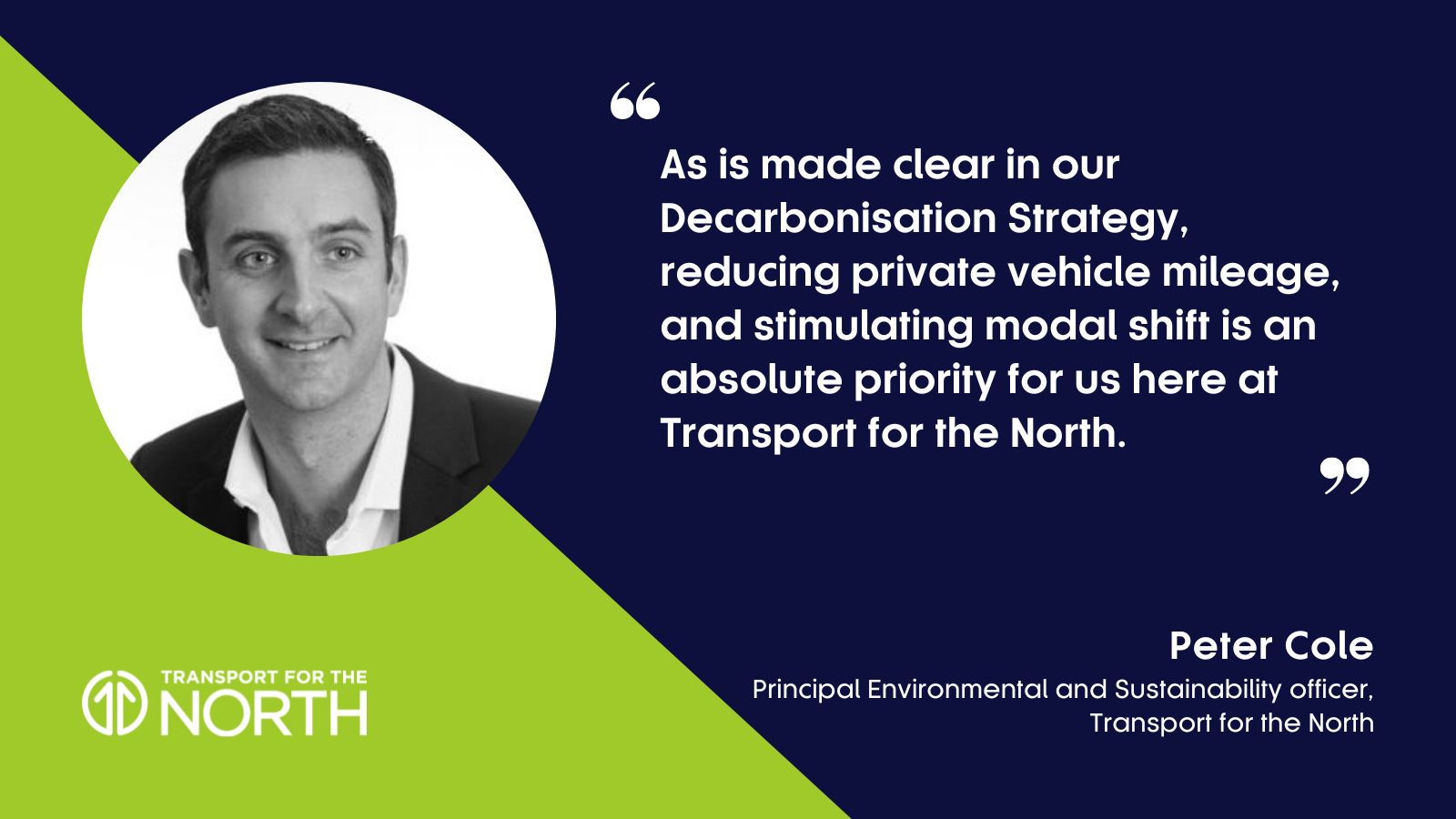
As is made clear in our Decarbonisation Strategy, reducing private vehicle mileage, and stimulating modal shift is an absolute priority for us here at Transport for the North. One of the priority activities to emerge from the Strategy was a commitment to developing a range of Clean Mobility Visions.
The Clean Mobility Visions project will develop a series of evidence-based policy packages to support TfN’s local authority partners in achieving transport decarbonisation and improving quality of place, through reducing the levels of private car use.
We want to provide a resource for local authorities within the North, to draw on in the preparation of their Local Transport Plans, local transport decarbonisation strategies, and in Bus Service Improvement Plans.
The project will provide the evidence local authorities need to address the often-difficult decisions around measures needed to achieve modal shift and reductions in private car use. It will collate and synthesise a diverse and fragmented body of evidence into a contextualised and place-based set of policies, that is easily accessible by local authorities through an online tool.
We’ll combine this evidence with the capabilities of our Northern Carbon Model (No-Carb), previously utilised to prepare our Decarbonisation Strategy, to help local authorities understand the most effective package of vehicle mileage reduction policies for their spatial area of interest, and the range of emission reductions they can expect. Importantly, measures that might in theory achieve the biggest carbon reductions may not be the most effective if societal readiness for those measures is low.
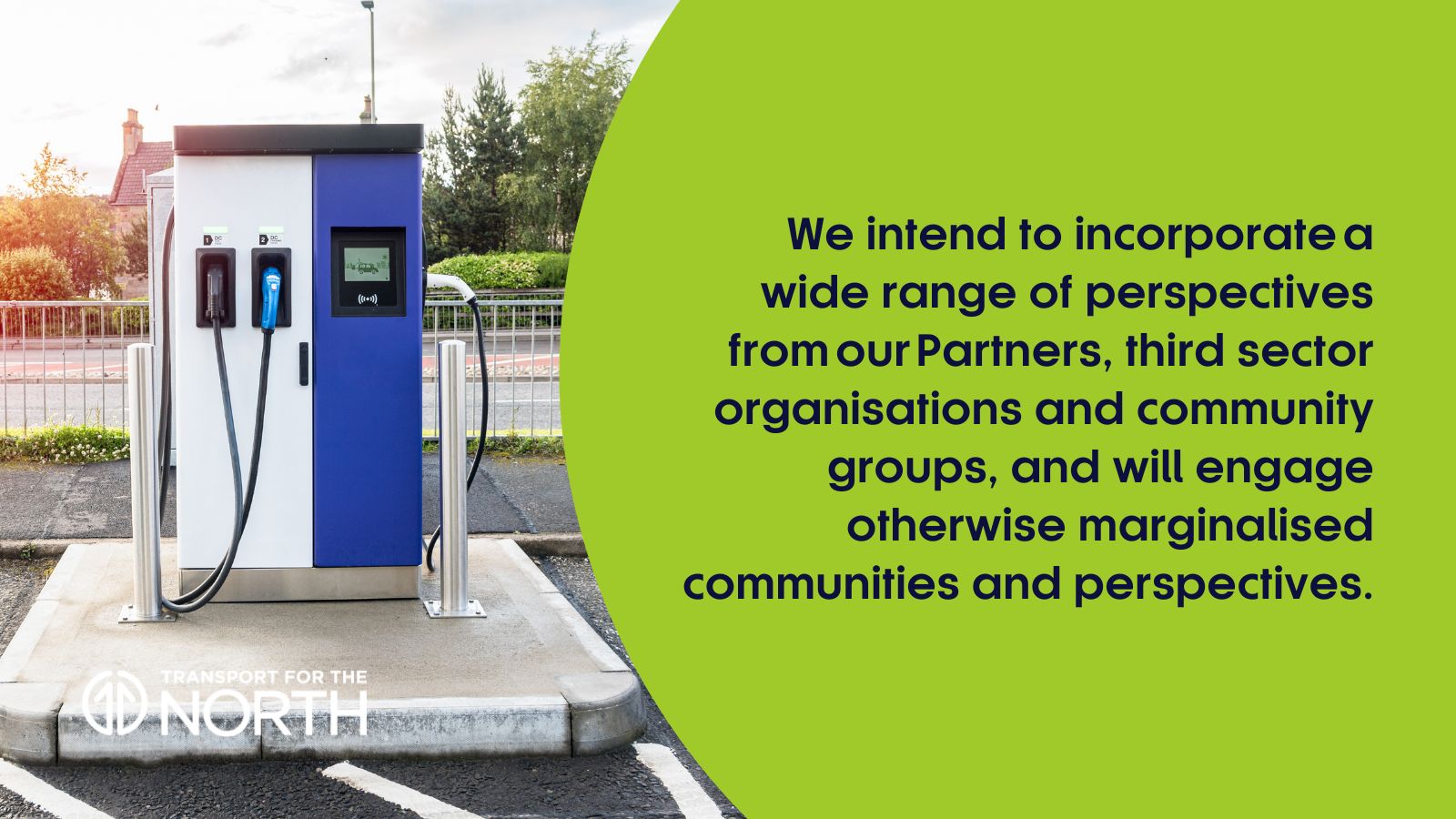
Socialisation of the wider, and often more visible benefits of car reduction measures (e.g. improved accessibility to services, better air quality) will be key to increasing societal readiness. For that reason, the outcomes of our work will define the most effective policy packages for achieving emissions reductions whilst also capitalising on those wider benefits.
We intend to incorporate a wide range of perspectives from our Partners, third sector organisations and community groups, and will engage otherwise marginalised communities and perspectives.
We’re currently working on Stage 1, the evidence reviews; with Stage 2, developing the policy recommendations, to follow over the summer and into the autumn. Our proposal is then to develop an accessible online tool through later work stages, early in 2023.
Click on the cover to read our Transport Decarbonisation Strategy:
